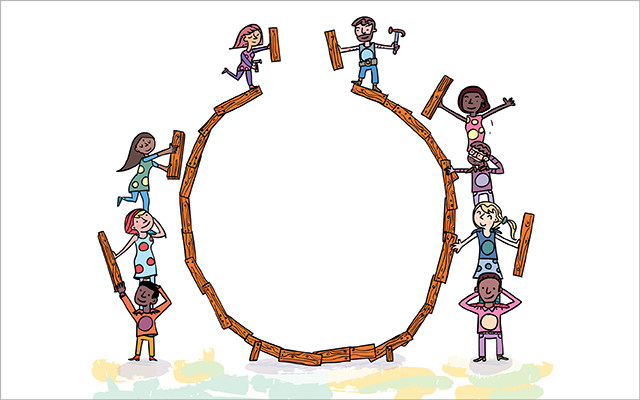My old pal, The King of Nordeast, paid a visit last week. I hadn’t seen him in a while, so we caught up on work and family stuff while enjoying a few cold ones. The two of us go way back, so there’s always a bit of reminiscing involved — battles on the hardwood, futile fishing expeditions, a multitude of inside jokes.
And because TKN is a legendary front man with a popular local garage band, few gatherings conclude without an invitation to his next show. For many years, I acquiesced to these requests and followed his various bands to various seedy bars to watch him inhabit his rock-star alter ego. In my 30s, editing one of the city’s two alternative weeklies, I was in my element at these events. But as the years passed, my capacity for late nights, loud music, and over-stuffed venues gradually began to wane. These days, I wouldn’t cross the street to hear The Fleshtones— or even Dylan.
So, when TKN asked me if I was coming to his annual Christmas show, I politely declined. “My doctor tells me I should avoid loud noises.”
“You can wear earplugs,” he suggested, knowing full well that I never listen to a doctor’s advice.
“I already have plugs in my ears,” I countered.
“You’re the worst,” he said, feigning disappointment. He’s grown used to my absence and would be shocked if I showed up now.
In fact, I surprise myself when I venture out beyond the cozy confines of my daily routine. I can’t recall my last trip to a movie theater; it’s been a few years since I’ve taken in a play or an orchestral concert. Notwithstanding an occasional foray with My Lovely Wife to an art gallery, I’ve clearly slipped into a rut. And, if recent research is any indication, I could be courting depression as a result.
A study published in the British Journal of Psychiatry suggests that older adults who attend cultural events every few months are 32 percent less likely to develop depression compared with slugs like me. Those who get out more frequently (once a month or more) are about half as likely to get the blues.
Lead author Daisy Fancourt, PhD, and her team at University College London analyzed data from the English Longitudinal Study of Aging, focusing on the behavior of 2,000 participants over the age of 50 during a 10-year period. The results, Fancourt said in a statement, were surprising: “Notably we find the same relationship between cultural engagement and depression amongst those of high and low wealth and of different levels of education — the only thing that differs is the frequency of participation.”
The upside comes from all the usual suspects: social interaction, creativity, mental stimulation, and physical activity, Fancourt explained.
“Generally speaking, people know the benefits of eating their five-a-day and of exercise for their physical and mental health, but there is very little awareness that cultural activities also have similar benefits,” she added. “People engage with culture for the pure enjoyment of doing so, but we need to be raising awareness of their wider benefits too.”
My late uncle Harold suffered from a debilitating case of agoraphobia. He ran his vast junkyard empire from his kitchen table and had a habit of stuffing cash into the cupboard drawers. I’d like to think I’m not heading down that path. Last month, for instance, my toddler grandson and I drove to the zoo and spent the afternoon discussing in a language only he knows the behavioral patterns of its various inmates. More recently, MLW and I chased The Little Guy amid the exhibits at a nearby natural history museum.
Fancourt has a point, though: While I don’t harbor any concerns about an imminent descent into depression, it wouldn’t kill me to get out more.
But I’m still not going to that Christmas show. Doctor’s orders.



This Post Has 0 Comments